If you concealed carry long enough, it becomes a bit of a science or maybe an art.
You learn strategies and tactics that allow you to carry different guns in different ways in different places.
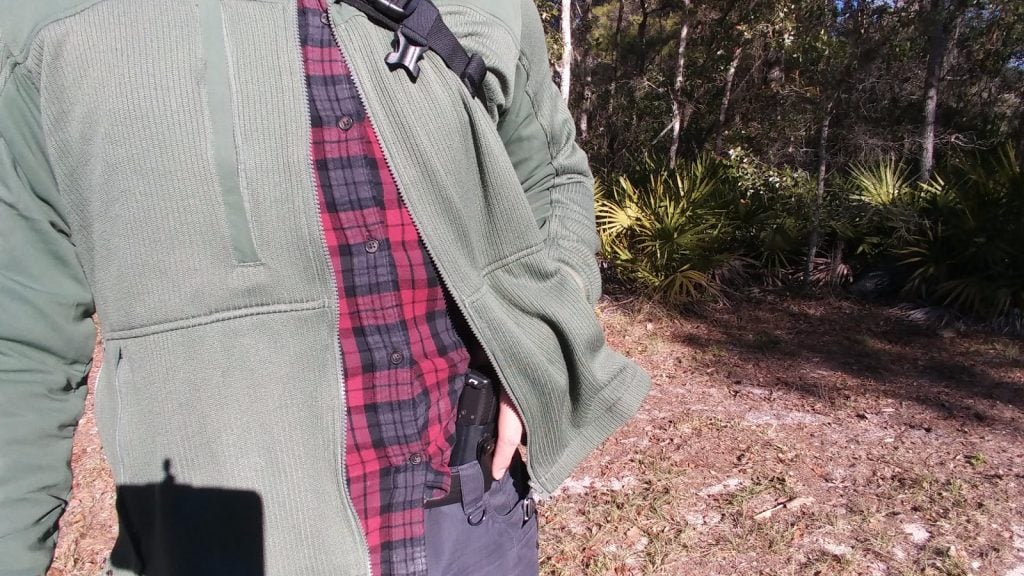
One strategy is the art of deep concealment.
Deep concealment is a specialized carry method that prioritizes concealment over all other tasks. Essentially it goes beyond hiding it under a t-shirt and calling it a day.
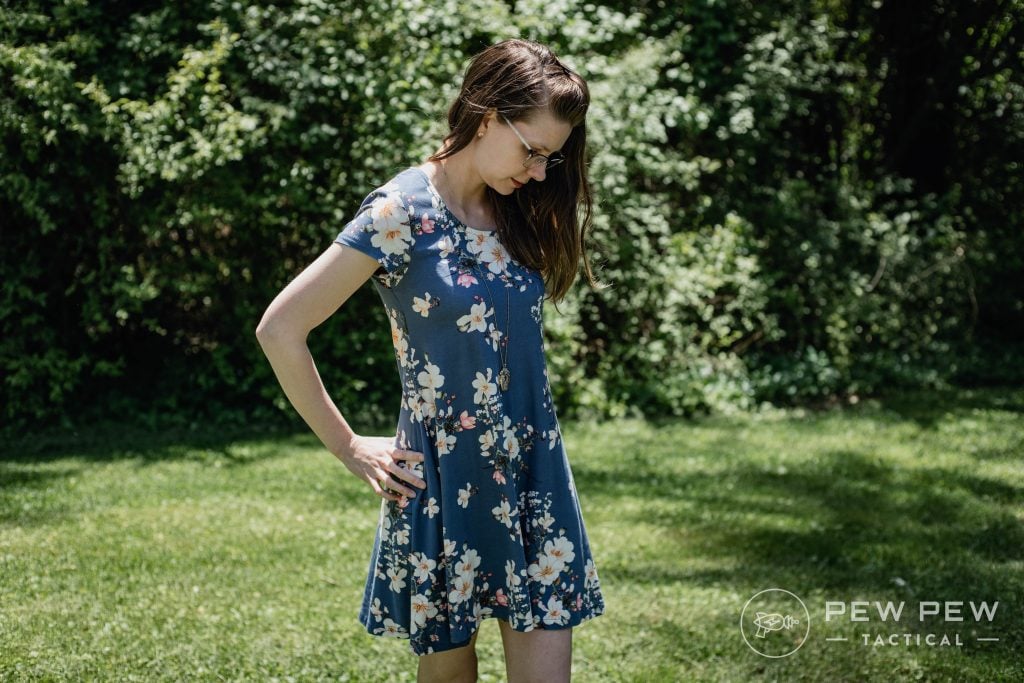
Today, we’re going to delve into the inner workings of deep concealment.
We’ll look at what deep concealment means for concealed carriers and why you might want to try it out.
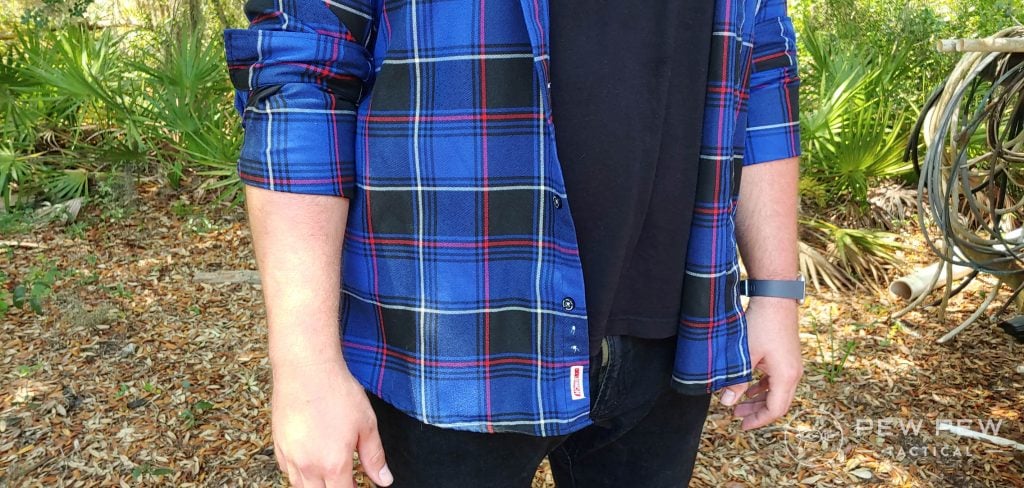
Not to mention, we’ll lay out the pros and cons of this style.
So, keep reading if you want to learn more about deep concealment.
Table of Contents
Loading…
What Is Deep Concealment?
As I mentioned, deep concealment means that concealment is the top priority.
This means prioritizing concealment over accessibility. That said, we won’t sacrifice safety for a little extra hiding.
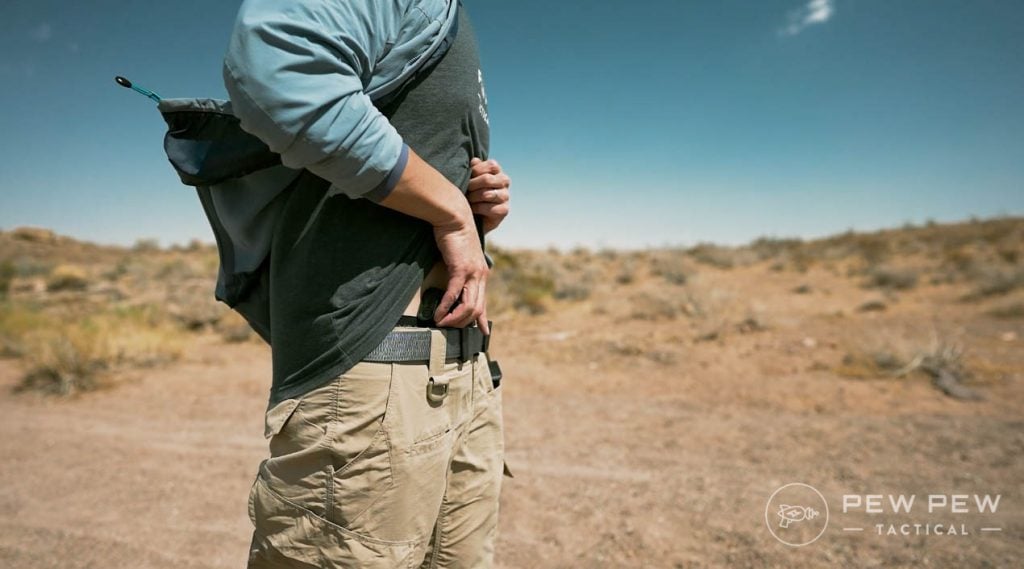
Deep concealment positions may require a little effort to access. And it’s important to remember that deep concealment doesn’t always guarantee a fast draw.
If you’ve carried a firearm for any length of time, you know that smaller guns are easier to conceal than larger ones.
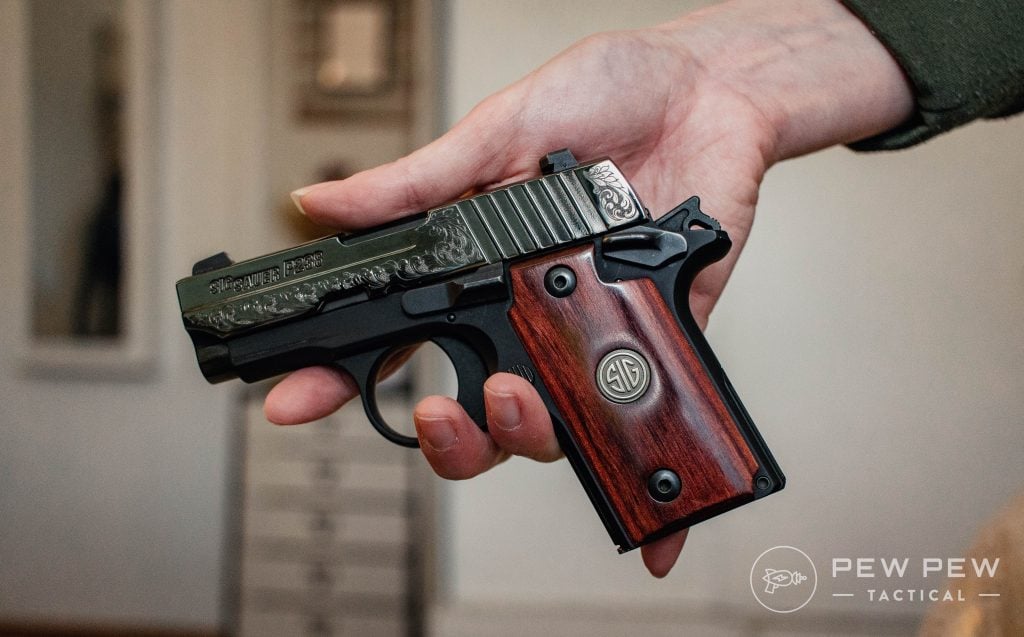
So, deep carry often involves a pocket pistol or mouse gun. (But some brave souls do go as large as a Sig Sauer P365 or Springfield Hellcat.)
Deep Concealment Methods
It’s important to realize the downsides of deep concealment. You should approach anything involving firearms with a healthy understanding of the good and the bad.
With deep concealment, the worst part is the lack of access — it’s rarely conducive to a quick draw.
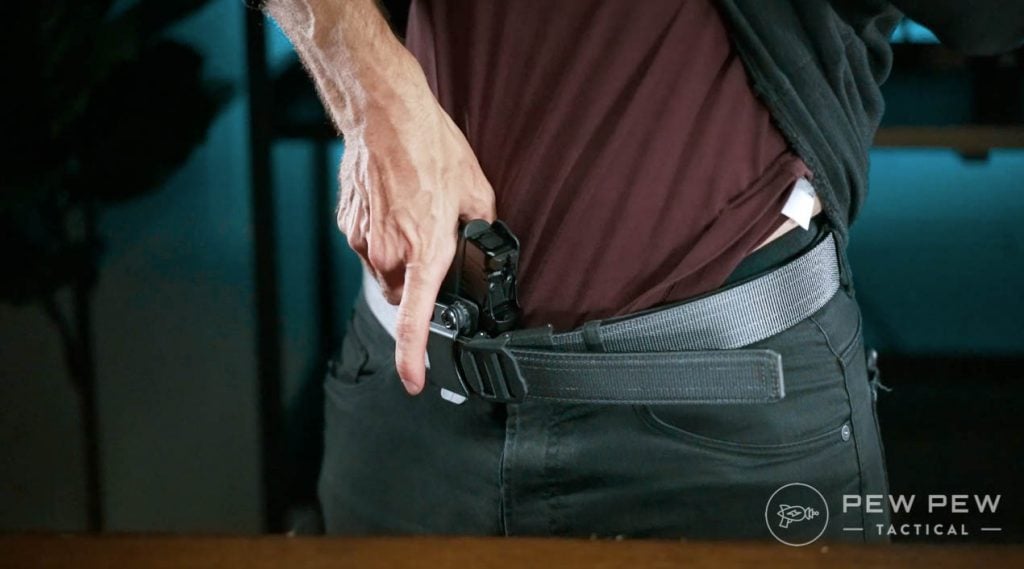
Keeping that in mind, it requires just as much training, if not more, than traditional carry.
Practicing your draw from deep concealment in multiple positions and arrangements should be done.
With compromised access, you need to take some time to ensure you know how to access the pistol in any situation and position.
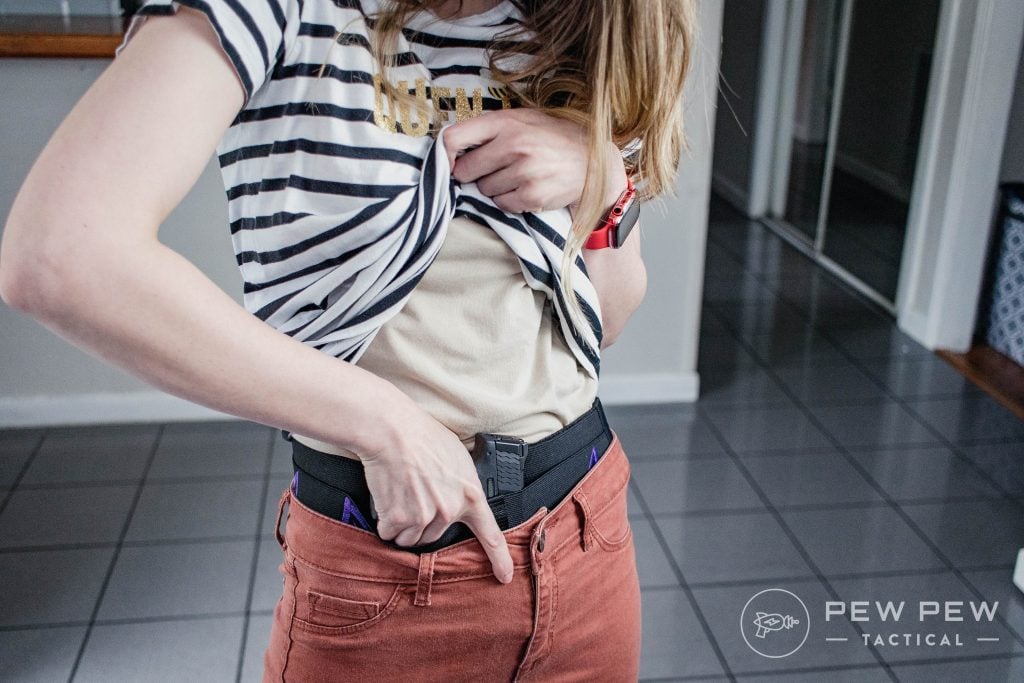
Deep concealment can also be less comfortable than traditional carry and can require a minimalist holster setup that doesn’t provide a ton of comfort.
On top of that, you may need to change up the way you dress to better conceal a firearm.
Beyond baggy clothes, you might decide to wear a button-up instead of a t-shirt or a longer or shorter dress than usual.
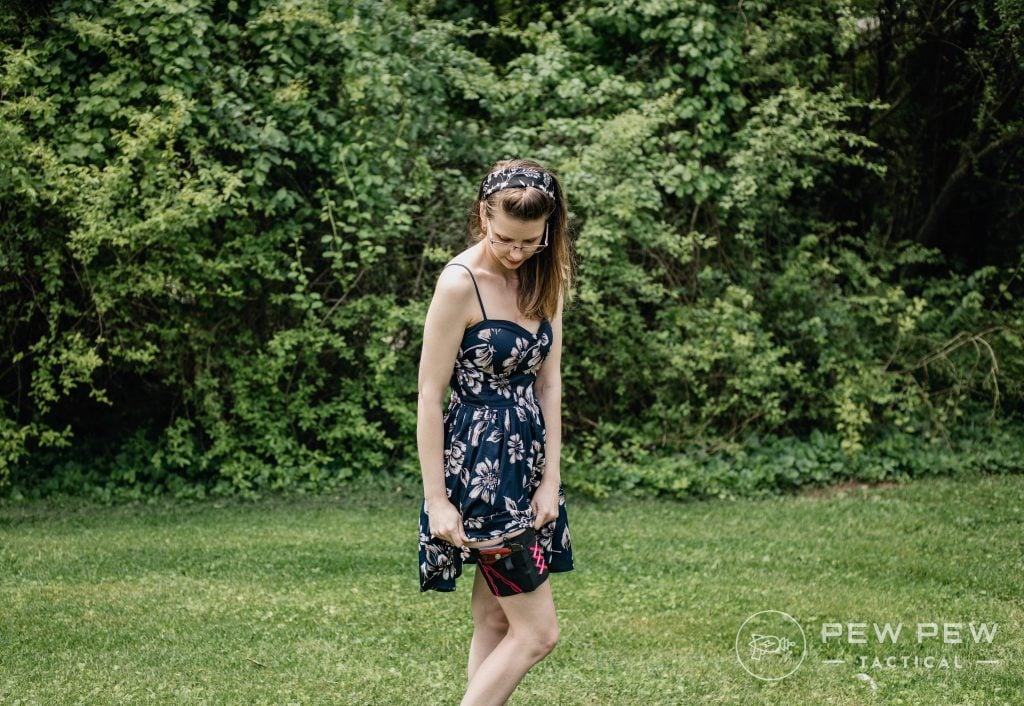
Changing how you dress slightly can make a huge difference in deep concealment, making it easy.
Rarely is deep concealment optimum, but sometimes it’s the only choice.
Levels of Deep Concealment
To make things nice and simple, I’ve broken down deep concealment methods and holsters into various levels of deep concealment.
Each level represents a different level of access while remaining concealed.
Level 1 – Fastest Access
Level 1 allows you complete access or near-complete access to the gun while remaining concealed.
It often positions a firearm in a more traditional position than other deep concealment holsters.
As such, they are unlikely to pass through a deep sniff test.
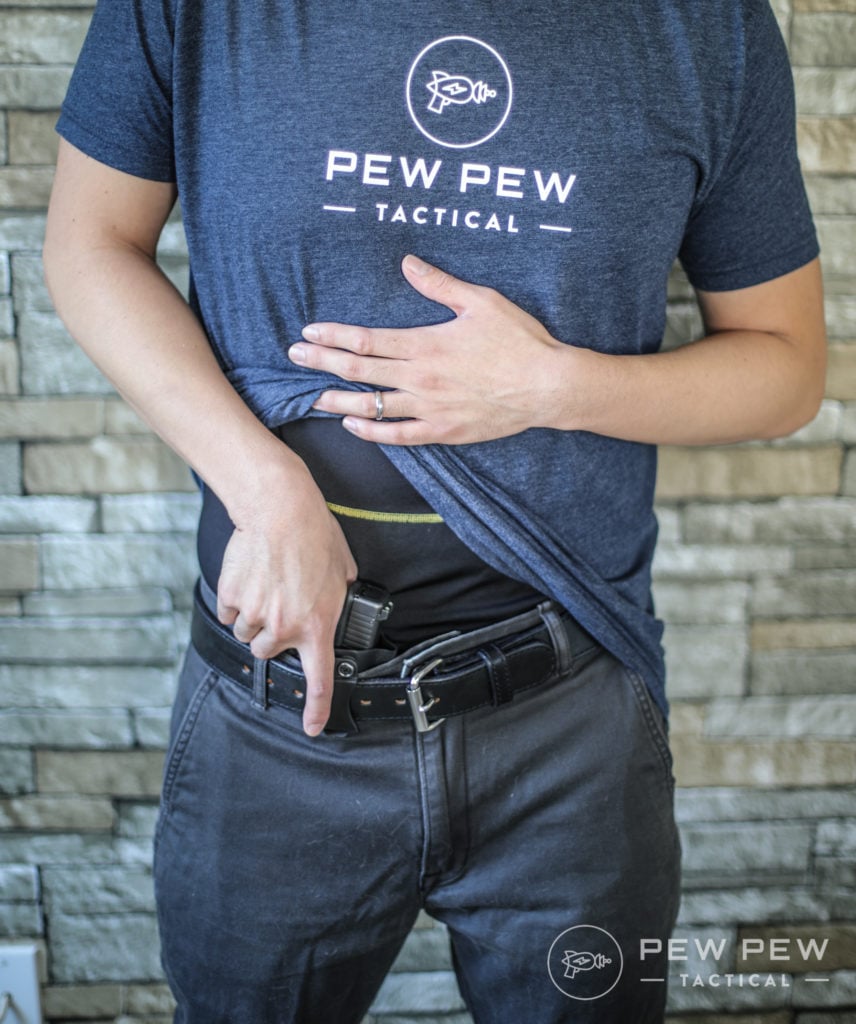
These options will work in social situations and places where there is no security working to detect weapons.
Traditional appendix holsters paired with pocket pistols like the Ruger LCP II practically disappear in your belt line.
Prices accurate at time of writing
Prices accurate at time of writing
-
25% off all OAKLEY products - OAKLEY25
Copied! Visit Merchant
These small, flat pistols disappear easily and can be tough to detect even when hugged.
Holsters like the Cherries Multi-Fit Deep Concealment Holster positions an appendix holster much lower than normal in an appendix carry position.
The holster disappears and is impossible to detect via an eye scan, and is almost pat-down proof.
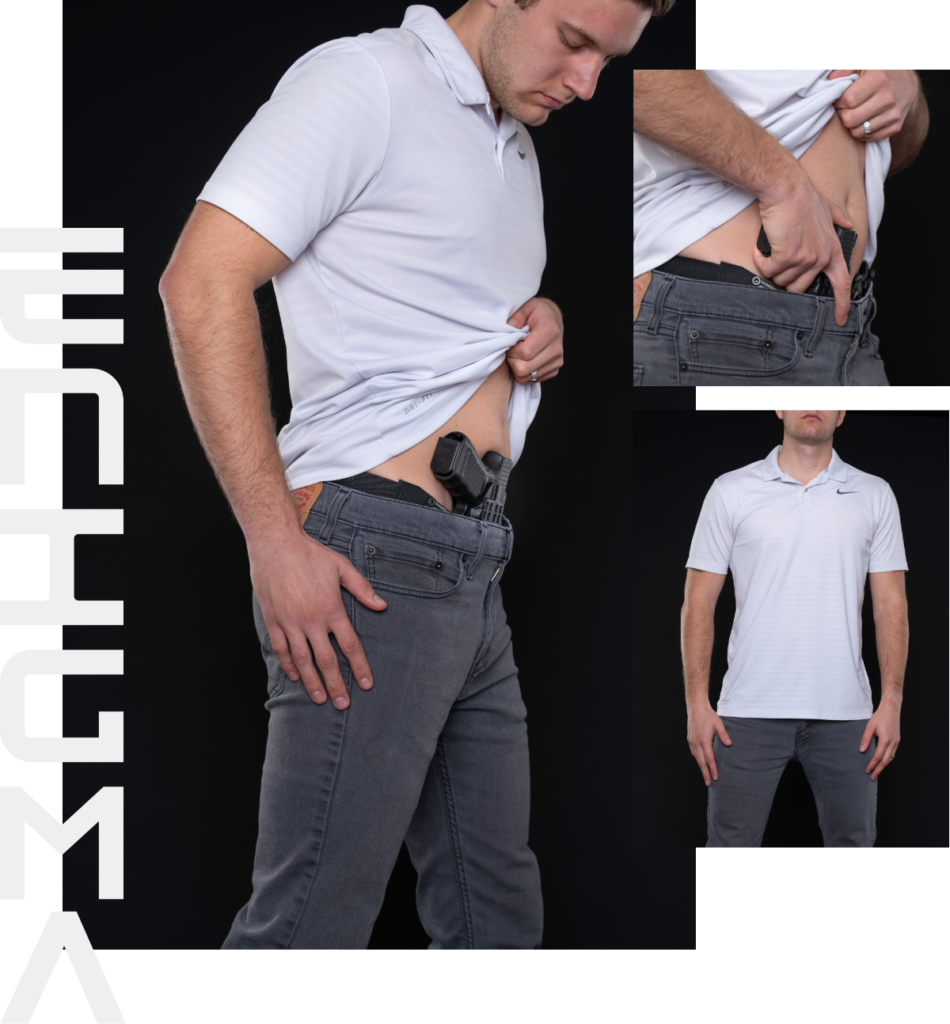
The new PHLster Enigma also breaks boundaries.
It’s compatible with a good number of holsters and makes it easy to carry a firearm without a belt and even in sweatpants. Highly recommend this model if you want a good blend of concealment and access.
Level 2 – Non-Traditional Carry Options
Level 2 presents less traditional means of carrying a firearm but provides even more concealment…at the cost of less access.
At this level, you’ll pass more than just the eye test.
At Level 2, we are looking at belly bands, ankle holsters, and pocket carry.
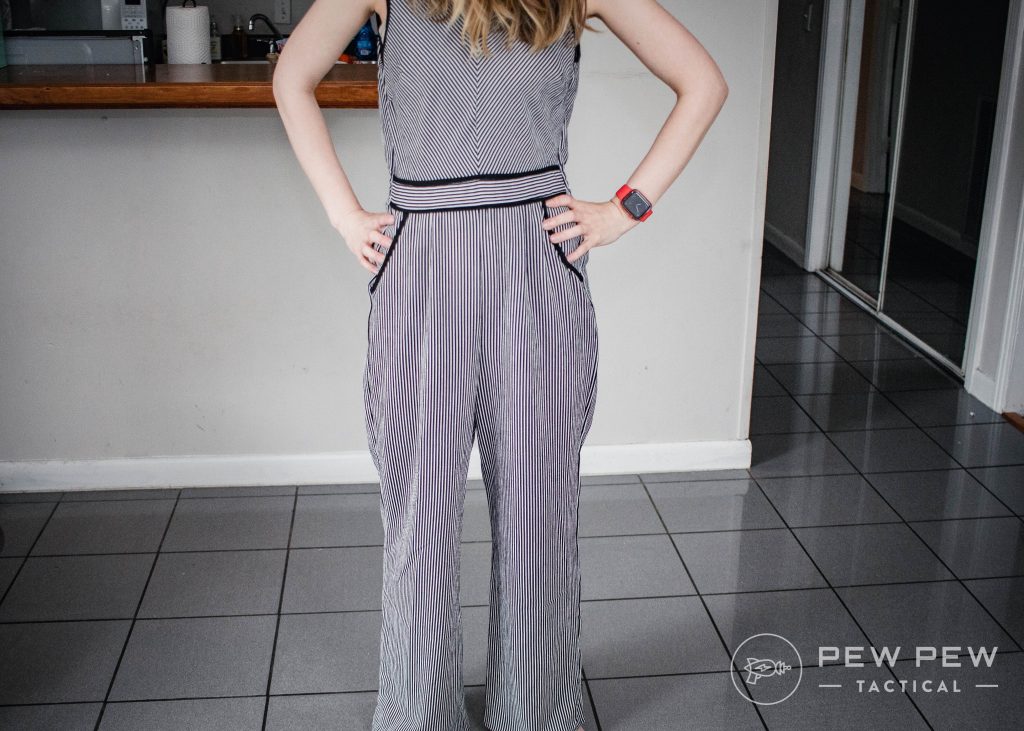
These three methods can help fool even people trained to examine others for weapons.
What’s important to remember is that these three carry methods attract many not-so-great holster makers who make not-so-great holsters.
Don’t buy anything cheap when looking at pocket, ankle, or belly band holsters. Stick to Galco, Blue Force Gear, and Gould and Goodrich options.
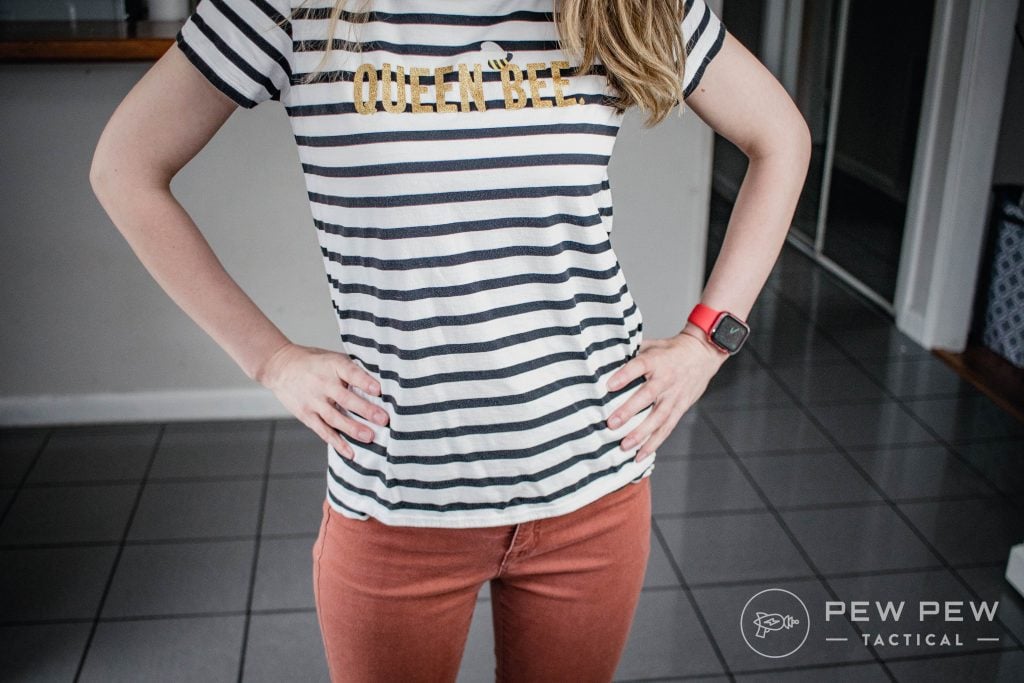
These methods allow you to take your gun off your waistband and place it in an alternative position. Places people rarely associate carrying a firearm in.
Prices accurate at time of writing
Prices accurate at time of writing
-
25% off all OAKLEY products - OAKLEY25
Copied! Visit Merchant
Level 3 – Specialized Clothing and Holsters
Hiding a firearm equipped with a MIC holster near your groin makes it hard to detect.
The same can be said of a woman’s breasts with a Flashbang holster.
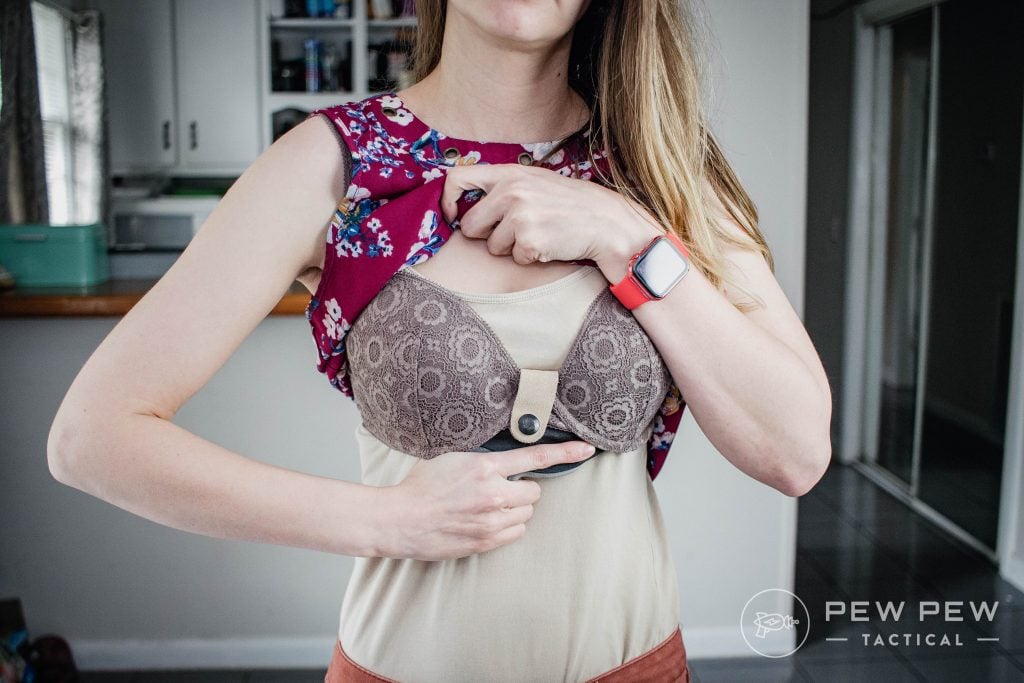
Using specialized holsters or even specialized clothing usually defies your typical security pat-down.
Prices accurate at time of writing
Prices accurate at time of writing
-
25% off all OAKLEY products - OAKLEY25
Copied! Visit Merchant
We have a full review of the Flashbang if you want to learn more!
Deep Concealment & Situational Awareness
Deep concealment lessens your access to your firearm. We’ve already spoken about that, and because of that, you need to take precautions.
Most importantly, you need to up your situational awareness game.
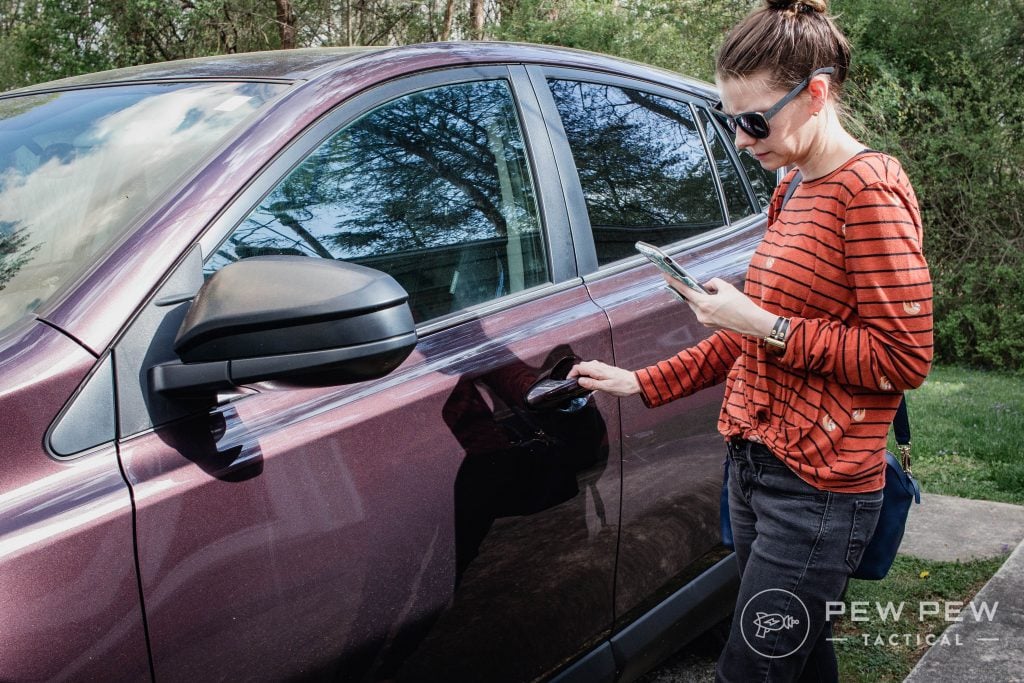
Better situational awareness allows you to detect threats quicker and avoid or get ready for any trouble.
Since you can’t fast draw, you need that extra situational awareness to detect these threats early.
The more time you have to prepare, the better.
Final Thoughts
I rarely deep conceal, but when I do, it’s the only means I have to conceal. To me, it’s just another option for concealed carry.
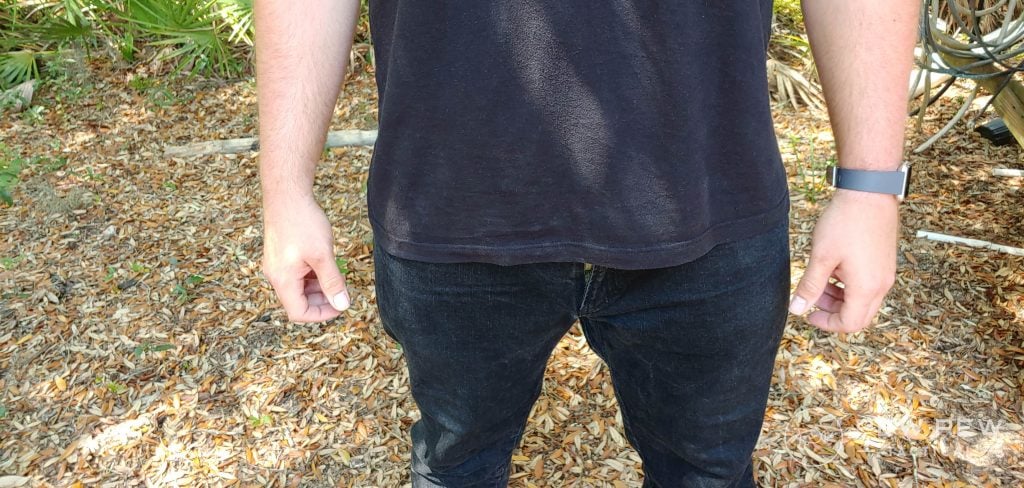
Having a pocket pistol and a means to deep conceal it grants me an option for every occasion and situation.
What about you? Do you deep conceal? If so, what’s your setup? Let us know below! For more on concealed carry holsters, check out our list of the Best IWB Holsters and, for the ladies, hop on over to the Best Way to Concealed Carry for Women.

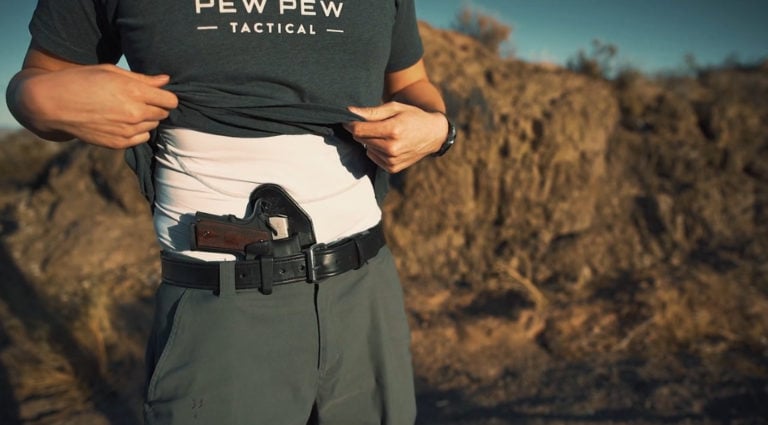

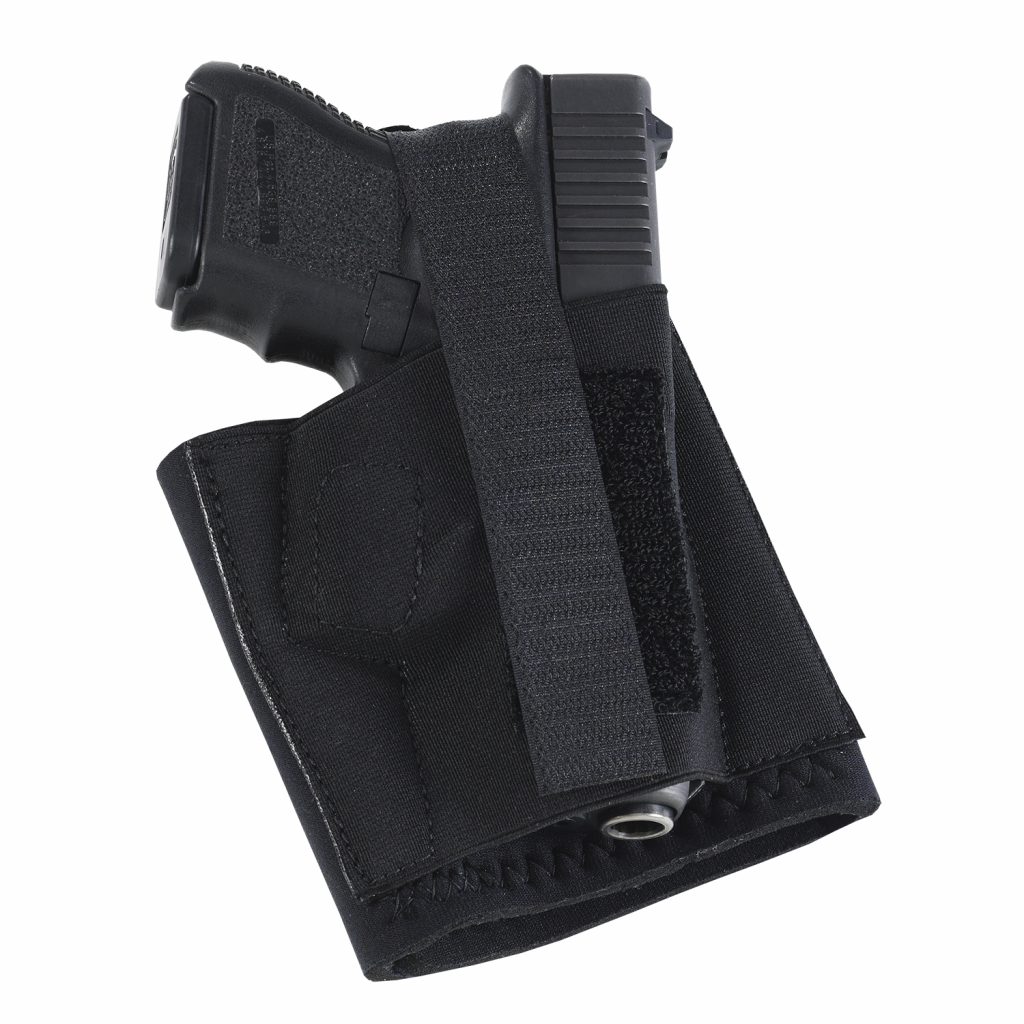








7 Leave a Reply
Since moving to a rural small hamlet *<300 people), Concealed or Open. It doesn't really matter as more than half are pack7ng.
Job requires shirt, tie and dress slacks. Suggestions for best concealed pistol/holster combo? Emphasis on the concealed aspect...Thanks (and legal on the job site btw..).
A tuckable IWB holster allows you to tuck the shirt in over the pistol. choose a more standard fit shirt, not tapered, to allow shirt to blouse and obscure the gun.
Get a small gun and pocket carry. You can pocket carry no matter what you are wearing.
Some people will go to some rather stupid, and sometimes dangerous, extremes in the name of "deep concealment".
We have a couple of ranges here, one is a private range (membership is $40.00 year, some of the best money I ever spent - its a really nice range, all sorts of set ups even for combat shooting. Members can shoot any time dawn to dusk seven days a week but the public can also use it 8 AM to Noon Monday - Thursday for a 10$ fee per gun per person.
I saw a guy one day on the range in November 2019. He was a public user, not a member. Could see a visible gun, a glock in a case, and he got set up on the bench with his range gear and ammo. So he gets ready to shoot and assumes this stance with his hand at the front of his pants about the belt line and I thought "appendix carry", then I noticed the glock still in the open case on the bench so I though he was just getting a little position practice in and would put the glock in the holster when he got ready. Then he undid his belt and zipper and pulled his pants down and tried to draw a P365 from a thigh holster. When he tried to draw the weapon - BANG! and a round hits the concrete. The scene was not pretty at all, but after the excitement died down it was funny in a way. It got very quiet, and then this very remorseful sounding "I am really sorry" he managed to get out.
The RSO chewed on him for a bit then threw him off the range. They gave him his money back and told him not to come back without a proper holster and the gun in an acceptable safe draw location. And then he could only use the range if he had some firearms use and safety instruction arranged on location at the range before he could solo on the range again. So he did that, paid an instructor to come to the range with him and got a real holster. I saw him a few weeks later at the range again, this time with a "normal" CCW holster (a Bravo Concealment IWB holster). He became a member and when he shows up now sometimes we hear a "Maybe we should frisk the guy first."
Broke rule #1: Once you have their money, you never give it back.
When I was new to carrying I liked deep concealment because I was so afraid someone would see my gun. Once I did dry fire drills I quickly saw the advantage of smaller pistols on IWB holsters. I still pocket carry when wearing shorts/sweats.